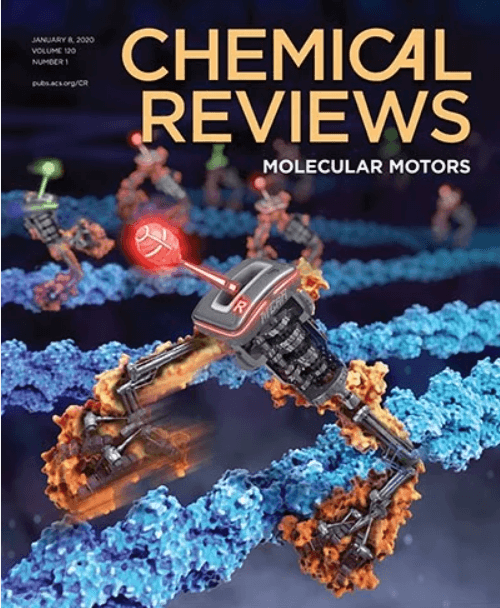通过表面微蚀刻和重构调节应力,提高三阳离子包光体太阳能电池的效率(25.54
IF 51.4
1区 化学
Q1 CHEMISTRY, MULTIDISCIPLINARY
引用次数: 0
摘要
在高温退火和冷却过程中产生的残余应力是导致器件性能下降和寿命缩短的关键因素。在此,我们开发了一种表面微蚀刻和重建策略,以调节三阳离子(甲脒、甲胺、铯)包晶石薄膜中的应力。利用精确配比的 L-乳酸(LA)和异丙醇(IPA)混合物可控地溶解包晶薄膜表面,然后进行辛基碘化铵(OAI)后处理,实现了二维包晶从表面到体相的下沉重构,实现了从表面拉应力到压应力的良性过渡,以及更匹配的界面能级。因此,目标包晶体太阳能电池(PSCs)的功率转换效率(PCE)明显提高,达到 25.54%,这是目前已报道的三阳离子 PSCs 的最高 PCE。同时,10.4 平方厘米的 PSC 模块实现了 21.02% 的 PCE。此外,表面微蚀刻和重构的 PSC 显示出卓越的稳定性,无封装的 PSC 器件在氮气环境中最大功率点 (MPPT) 跟踪照明 500 小时后,仍能保持 83% 的原始效率。这项研究为通过表面微蚀刻和重构调节残余应力来提高 PSC 的稳定性和效率提供了一条宝贵的途径。本文章由计算机程序翻译,如有差异,请以英文原文为准。
Stress Regulation via Surface Micro-etching and Reconstruction for Enhancing Triple-Cation Perovskite Solar Cells with the Efficiency of 25.54%
Residual stresses generated within perovskite films during the high-temperature annealing and cooling process are the key contributors to reduce device performance and lifespan deterioration. Herein, a strategy of surface micro-etching and reconstruction is developed to regulate the stresses in triple-cation (formamidine, methylamine, cesium) perovskite film. Precise stoichiometric mixture of L-lactic acid (LA) and isopropanol (IPA) is used to controllably dissolve the surface of perovskite film, followed by octylammonium iodide (OAI) post-treatment, enabling a sinking reconstruction of 2D perovskite from surface to bulk phase and achieving a benign transition from surface tensile stress to compressive stress, as well as a more matchable interface energy level. As a result, the target perovskite solar cells (PSCs) yield an obviously enhanced power conversion efficiency (PCE) of 25.54%, which is the highest reported PCE for triple-cation PSCs. Meanwhile, PSC modules with 10.4 cm2 achieve a PCE of 21.02%. Furthermore, the surface micro-etched and reconstructed PSCs exhibit superior stability, and the PSC devices without encapsulation can maintain 83% of original efficiency after 500 hours illumination at maximum power point (MPPT) tracking in N2 atmosphere. The research provides a valuable avenue to improve PSC stability and efficiency by regulating residual stresses through surface micro-etching and reconstruction.
求助全文
通过发布文献求助,成功后即可免费获取论文全文。
去求助
来源期刊

Chemical Reviews
化学-化学综合
CiteScore
106.00
自引率
1.10%
发文量
278
审稿时长
4.3 months
期刊介绍:
Chemical Reviews is a highly regarded and highest-ranked journal covering the general topic of chemistry. Its mission is to provide comprehensive, authoritative, critical, and readable reviews of important recent research in organic, inorganic, physical, analytical, theoretical, and biological chemistry.
Since 1985, Chemical Reviews has also published periodic thematic issues that focus on a single theme or direction of emerging research.
 求助内容:
求助内容: 应助结果提醒方式:
应助结果提醒方式:


